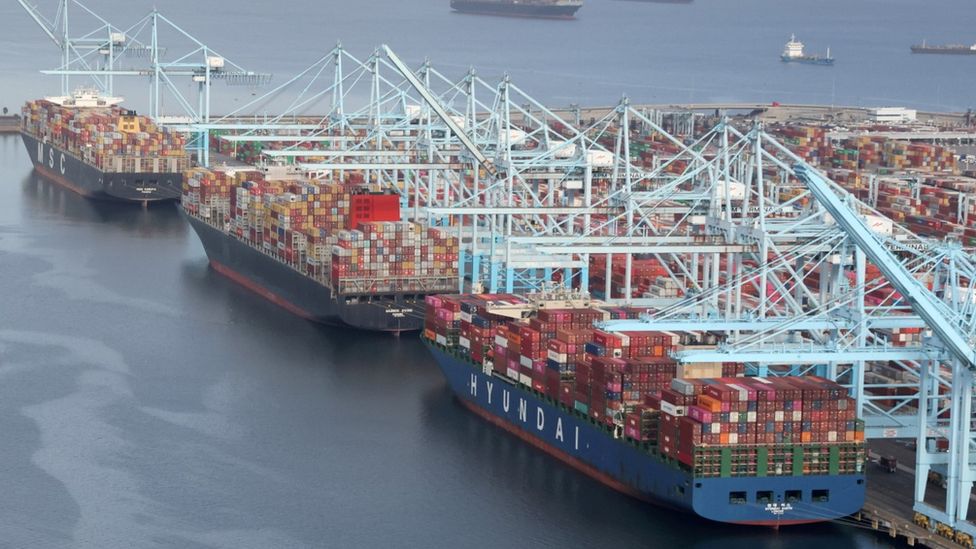A“polycrisis” of interrelated environmental, geopolitical and socioeconomic risks could have a profound effect on the supply of and demand for natural resources over the next ten years, according to a global risks report.
“Severe commodity price shocks or volatility” was noted as a top five risk over the next two years in 47 countries surveyed by the World Economic Forum’s (WEF) executive opinion survey, while “severe commodity supply crises” registered as a more localised risk, as a top five concern across 34 countries, including in Switzerland, South Korea, Singapore, Chile, and Turkey.
The World Economic Forum’s Global Risks Report 2023, produced in partnership with Marsh McLennan and Zurich Insurance Group, draws on the views of over 1,200 global risk experts, policymakers and industry leaders.
More than 80% of respondents said they anticipate consistent volatility over the next two years at a minimum, with multiple shocks heightening divergent trajectories. However, the report notes that respondents are generally more optimistic over the longer term. Just over half of respondents anticipate a negative outlook, and nearly one in five predict limited volatility with relative—and potentially renewed—stability in the next 10 years.
This sentiment corresponds with the IMF’s projections of a decline in global inflation in the short term from almost 9% in 2022 to 6.5% this year and 4.1% in 2024.
“2023 is set to be marked by increased risks related to food, energy, raw materials and cyber security, causing further disruption to global supply chains and impacting investment decisions. At a time when countries and organisations should be stepping up resilience efforts, economic headwinds will constrain their ability to do so,” said Carolina Klint, risk management leader, Continental Europe, at Marsh. “Faced with the most difficult geo-economic conditions in a generation, companies should focus not just on navigating near-term concerns but also on developing strategies that will position them well for longer-term risks and structural change.”
Geoeconomic warfare
“Geoeconomic confrontation”, meanwhile, was ranked the third most severe risk over the next two years by respondents. Geoeconomic confrontation – including sanctions, trade wars and investment screening – was considered a top five threat over the next two years among 42 countries surveyed by the report and featured as the top risk in many east and Southeast Asian countries, among others.
While they may be intended to lower the risks associated with geopolitical and economic disruption, shortened supply chains could unintentionally heighten exposure to geographically concentrated risks, including labour shortages, civil unrest, pandemics and natural weather events, the report warned.
The report added that economic warfare “is becoming the norm”, with respondents anticipating a rise in clashes between global powers and state intervention in markets over the next two years. That could lead to defensive use of economic policies to build self-sufficiency and sovereignty, but also offensively to constrain the rise of other nations.
“Intensive geopolitical weaponisation will highlight the security vulnerabilities posed by trade, financial and technological interdependence between globally integrated economies, risking an escalating cycle of distrust and decoupling,” said the report. “As geopolitics trumps economics, a longer term rise in inefficient production and rising prices becomes more likely. Geographic hotspots that are critical to the effective functioning of the global financial and economic system, in particular in the Asia Pacific, also pose a growing concern.”
Climate and environmental risks are another core focus of global risks perceptions over the next decade and are the risks for which we are seen to be the least prepared, according to the report.
Address resource rivalries
The report urges countries to work together to avoid ‘resource rivalries’. “Unless the world starts to co-operate more effectively on climate mitigation and climate adaptation, over the next 10 years this will lead to continued global warming and ecological breakdown,” it said. “Failure to mitigate and adapt to climate change, natural disasters, biodiversity loss and environmental degradation represent five of the top 10 risks – with biodiversity loss seen as one of the most rapidly deteriorating global risks over the next decade.”
This runs in parallel with crises-driven leadership and geopolitical rivalries, which combined risk creating “societal distress”, and could lead to a rise in not only geoeconomic weaponisation but also remilitarisation. This could lead to deeper energy and food supply crunches – likely to persist for the next two years – and strong increases in the cost of living and debt servicing.
“The window for action on the most serious long-term threats is closing rapidly and concerted, collective action is needed before risks reach a tipping point,” said the report. The coming years will, therefore, present tough trade-offs for governments facing competing concerns for society, the environment and security, it said. Without a change in trajectory, vulnerable countries could reach a “perpetual state of crisis” where they are unable to invest in future growth, human development and green technologies.
“The short-term risk landscape is dominated by energy, food, debt and disasters. Those that are already the most vulnerable are suffering – and in the face of multiple crises, those who qualify as vulnerable are rapidly expanding, in rich and poor countries alike. In this already toxic mix of known and rising global risks, a new shock event, from a new military conflict to a new virus, could become unmanageable. Climate and human development therefore must be at the core of concerns of global leaders to boost resilience against future shocks,” concluded Saadia Zahidi, managing director at the World Economic Forum.
Source: Hellenic Shipping News





